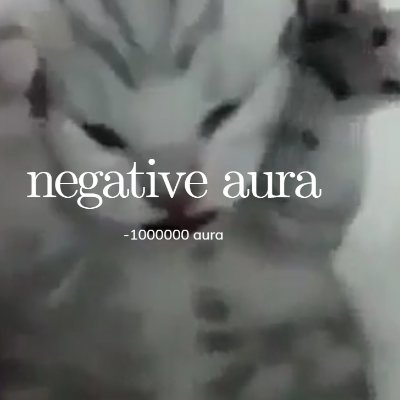


سعر Distributed Autonomous OrganizationDAO
ما رأيك في Distributed Autonomous Organization اليوم؟
نبذة حول Distributed Autonomous Organization (DAO)
منظمات ذاتية التوزيع: الثورة الجديدة في النظام الديمقراطي
تعمل منظمة ذاتية التوزيع (DAO) على إعادة تشكيل الطريقة التي نفكر بها في الحكم الديمقراطي وتنظيم الأعمال التجارية. يستخدم الطوقان لتمكين الأفراد من جميع أنحاء العالم للتعاون واتخاذ قرارات بشأن مستقبل المنظمة.
##ما هو DAO؟
منظمة ذاتية التوزيع، أو DAO، هي منظمة تعتمد على الكتلة الدمغرافية للتنظيم وإدارة بنيتها. DAO هو نوع من الشركات الرقمية حيث يشارك المشاركون في صنع القرار ويلتزمون بالاقتراع بصفتهم صاحبي الأصوات.
الميزات الرئيسية لـ DAO
تقع السلطة في DAO في أيدي أولئك الذين يمتلكون الرموز. يمكن لأي شخص اقتناء رموز DAO وبالتالي الحصول على حق الصوت في قرارات المنظمة. هذا يجعلها شكلاً ديمقراطياً من الأعمال التجارية، حيث يكون حق الصوت مرتبطاً بالرموز.
لا يوجد رئيس تنفيذي أو مجلس إدارة يقود DAO. بدلاً من ذلك، تعتمد DAO على التكنولوجيا اللامركزية لتنظيم نفسها.
أهمية DAO
الفكرة الرئيسية وراء DAO هي أنها تسمح بإعادة توزيع السلطة الي أيدي المشاركين. على عكس الشركات التقليدية، لا يركز السلطة في يد عدد قليل من الأفراد.
في DAO، يتم تمويل المشاريع واتخاذ القرارات من قبل المجتمع بأكمله. هذا يضمن الشفافية والديمقراطية، حيث يمكن لأي شخص مشاركة الأفكار والمشاركة في صنع القرار.
المستقبل
في السنوات القادمة، من الممكن أن يصبح DAO أكثر شيوعًا. كما أن الأجهزة التكنولوجية القائمة على blockchain تستمر في التطور، DAOs قد تصبح الطريقة القياسية لتنظيم الأعمال التجارية عبر الإنترنت.
سعر Distributed Autonomous Organization اليوم بعملة EGP
سجل أسعار عملة Distributed Autonomous Organization (EGP)
 أقل سعر
أقل سعر أعلى سعر
أعلى سعر 
ما هو أعلى سعر لعملة Distributed Autonomous Organization؟
ما أعلى سعر لعملة Distributed Autonomous Organization؟
التنبؤ بسعر Distributed Autonomous Organization
ماذا سيكون سعر DAO في 2026؟
ماذا سيكون سعر DAO في 2031؟
الأسئلة الشائعة
ما السعر الحالي لـ Distributed Autonomous Organization؟
ما حجم تداول Distributed Autonomous Organization على مدار 24 ساعة؟
ما أعلى مستوى على الإطلاق لـ Distributed Autonomous Organization؟
هل يمكنني شراء Distributed Autonomous Organization على منصة Bitget؟
هل يمكنني تحقيق دخل ثابت من الاستثمار في Distributed Autonomous Organization؟
أين يمكنني شراء Distributed Autonomous Organization بأقل رسوم؟
مقتنيات Distributed Autonomous Organization
Distributed Autonomous Organization مصفوفة توزيع المقتنيات
Distributed Autonomous Organization المقتنيات حسب التركيز
Distributed Autonomous Organization من العناوين حسب الوقت المحتفظ به

أسعار Distributed Autonomous Organization العالمية
- 1
- 2
- 3
- 4
- 5
إضافات جديدة على Bitget
شراء المزيد
أين يمكنني شراء العملات المشفرة؟
قسم الفيديو - التحقق السريع والتداول السريع!

Distributed Autonomous Organization من التقييمات
رؤى Bitget




الأصول ذات الصلة
معلومات إضافية حول Distributed Autonomous Organization
نظرة عامة على العملة
متعلق بالعملات
متعلق بالتداول
تحديثات العملة

































